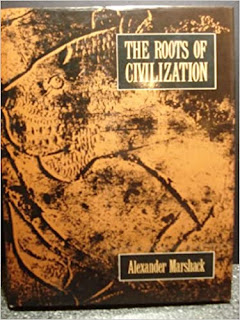Suppressed design was an ideal in the Renaissance defined by Baldassare Castiglione. Castiglione coined the word sprezzatura as meaning a “studied carelessness” and "an easy facility in accomplishing difficult actions which hide the conscious effort that went into them.” It is the art that conceals art. There are several artifacts I like to use to demonstrate suppressed design and they include the notches on bones analyzed by Alexander Marshak, the design of stupas, the Antikythera Mechanism, and Edmund Spencer poems read with numerological approaches.
Kent Hieatt describes sprezzatura in Spencer’s Epithamalion as “overly-subtle” information embedded in the poem and “this method requires that beneath a simple literal surface a profound symbolic communication of an integrated continuity should take place covertly, but in a way that reveal itself to the intelligent and sympathetic reader.”
There is a great gap in literary criticism of the structure of contemporary works. By discussing some ancient concepts of Time and Space we can see that there are a few creators, like Cormac McCarthy and Westworld Producers Jonathan Nolan and Lisa Joy working with the idea of art and artifacts as memory palaces. A memory palace is also called a method of loci which is a technique where the subject memorizes the layout of some building, or the arrangement of shops on a street, or any geographical entity which is composed of a number of discrete loci. When desiring to remember a set of items the subject 'walks' through these loci in their imagination and commits an item to each one by forming an image between the item and any feature of that locus. Retrieval of items is achieved by 'walking' through the loci, allowing the latter to activate the desired items. Other contemporary productions portraying utilization of memory palaces include 2010 BBC Sherlock Holmes, the novel Hannibal by Thomas Harris and the World Memory Championships.
Extended Mind Theory, proposing the mind does not only reside in the brain or body but in the world, can help us reinstate valuable aspects of cognition previously dismissed as as non-scientific, therefore relegating human accomplishments from marginalization. I suggest artifacts, literature and visual art are an aspect under-studied in academia and literary criticism yet have some practitioners of this ancient “Magic” today.
Southwest Conference for Popular American Culture Association








No comments:
Post a Comment